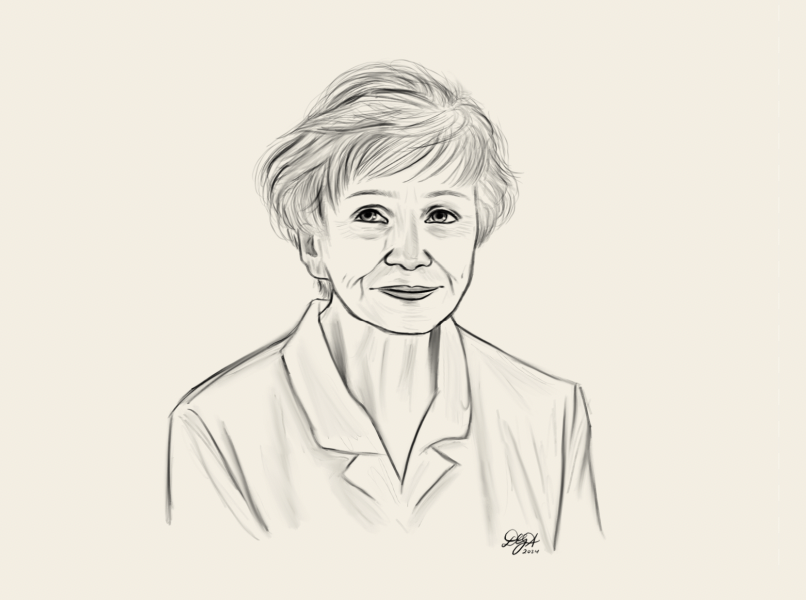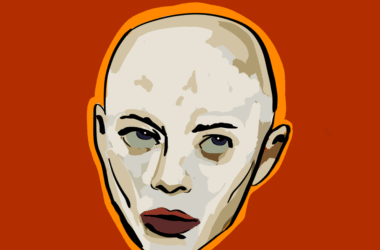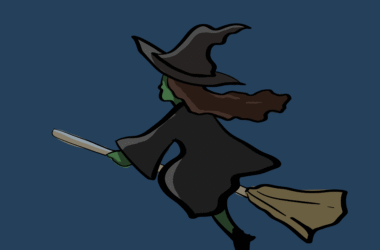Alice Munro died on May 13, and I ate half a grapefruit every morning for the next week.
I first encountered the acclaimed author’s work in school, as Canadians often do. I remember enjoying her stories—particularly the landscapes within them—but was not yet entirely engrossed.
Then moments began to emerge in my life, moments that seemed uncannily familiar, and I realized that it was because I had read them in a Munro story.
Munro describes the essence of things—their complexities and disasters and wonders—with such precision that I often feel as though I have never encountered them in their true form before reading them in her pages.
Her words were so precise it almost felt like betrayal. Betrayal not because these were my feelings spread across her pages, but in the realization that they were not my feelings alone.
***
Alice Munro—then Alice Laidlaw—was born in Wingham, Ontario in 1931, on a silver fox farm at a time when people were unable to afford fur.
“I made stories up all the time, I had a long walk to school, and during that walk I would generally make up stories [….] I was the only person I knew who wrote stories, though I didn’t tell them to anybody, and as far as I knew, at least for a while, I was the only person who could do this in the world,” Munro stated in an interview with Stefan Åsberg.
Munro attended Western University for two years on a scholarship before the money ran out; she met and married James Munro, moved to Vancouver, had three daughters; Munro’s mother died, Alice and James moved to Victoria, opened Munro’s Books, had a fourth daughter, and divorced.
She returned to Southwestern Ontario, married Gerald Fremlin, whom she had met at Western; her father died, she lived with Fremlin between Clinton and Comox, he died in 2013 and James Munro followed three years later. Munro sold her house in Clinton, moved to a care home, and died last month.
Between the life laid out above, she wrote 14 short story collections, developed a longstanding relationship with The New Yorker, and won the Nobel Prize in Literature in 2013. She never wrote a novel—but she didn’t have to.
The short story, like Munro, is perhaps deceptive in its scope. Her stories can be read as the characters within them appear to live: Gliding across the surface; smooth, transparent. But her prose performs normalcy as her characters do, belying a much darker, more intricate reality that I can only describe as the world that all of us experience and none of us express.
Lives of Girls and Women’s Del Jordan grapples with theodicy—why God exists if he allows evil to occur—but she does not call it that.
“But why—I could not stop this thinking though I knew it could bring me no happiness—why should God hate anything that He had made?” Del wonders. “If He was going to hate it, why make it? And if He had made everything the way He wanted it then nothing was to blame for being the way it was, and this more or less threw out, didn’t it, the whole idea of sin?”
Or, my personal favourite: “Look at all the things that saints had done, and got approval for.”
Bahareh Nadimi Farrokh argues that in her short story “The Albanian Virgin,” Munro communicates a kind of Butlerian gender performance. Throughout the story, protagonist Charlotte/Lottar performs femininity, masculinity, and even virginity differently across physical, geographical, and cultural borders.
Labyrinthine ideas are not out of place in these stories, nor in the minds of “everyday” women—everyday life is precisely where philosophy belongs. Munro is not grandiloquent; she is correct. She can say very much with very little. It is perhaps the mark of someone who has not always had the power to speak.
Munro does not make everyday life, or small towns, or the lives of girls and women interesting for the simple reason that they already are. Munro stories are inventive in what—and who—is spread out across the page.
The veil of everyday life is pulled back to reveal not something new, but something unspoken. Munro writes stories—and characters—who are, as she writes in Lives of Girls and Women, “dull, simple, amazing, and unfathomable—deep caves paved with kitchen linoleum.”
Through conversations about Munro, including in ENGL 409, a course on the author taught by Professor Robert Lecker, I found that readers are often shocked by the characters living within her stories. Ambitious but unable to reveal their ambitions; sexually deviant, disloyal, devoted, manipulative, bound by duty, irresponsible; Victorian poetesses whose lives bleed into swamps and cheery elementary school teachers who drown themselves.
I was too afraid to admit that I had thought that this was just what people were like—or that this was what I was like. The line between “Munro women” and real women may not exist at all.
As Margaret Atwood put it, “What the heck do people think goes on in small towns, and in life in general?”
Munro stories do not go wide; they go deep. Part of why I love Munro is that her stories confirmed what I had begun to wonder but did not yet believe. I had grown up thinking that “culture” only existed somewhere else, and I had to leave home to be interesting, and the important things—the things worth knowing—were somewhere far away. Then I read Munro, and I understood that I had been fed a complete and utter lie.







